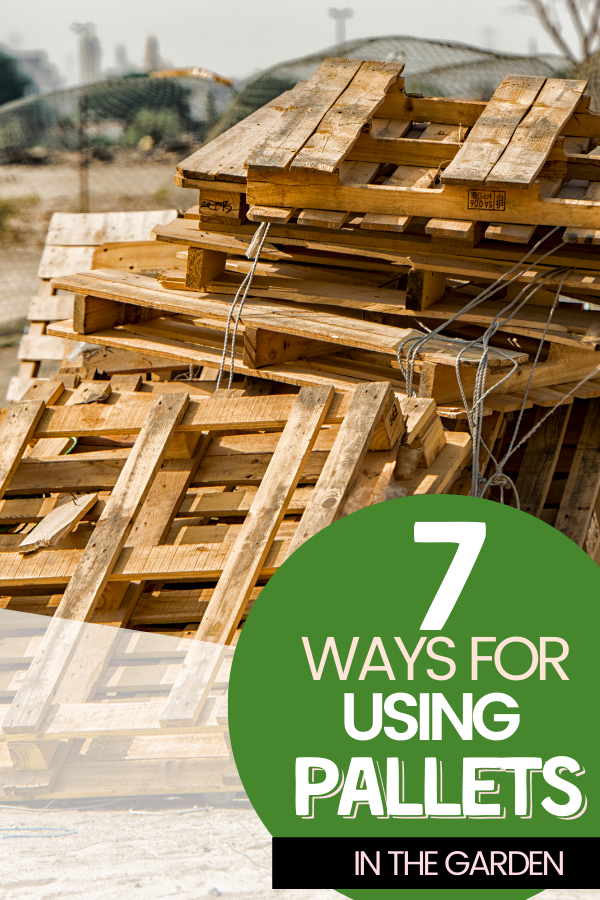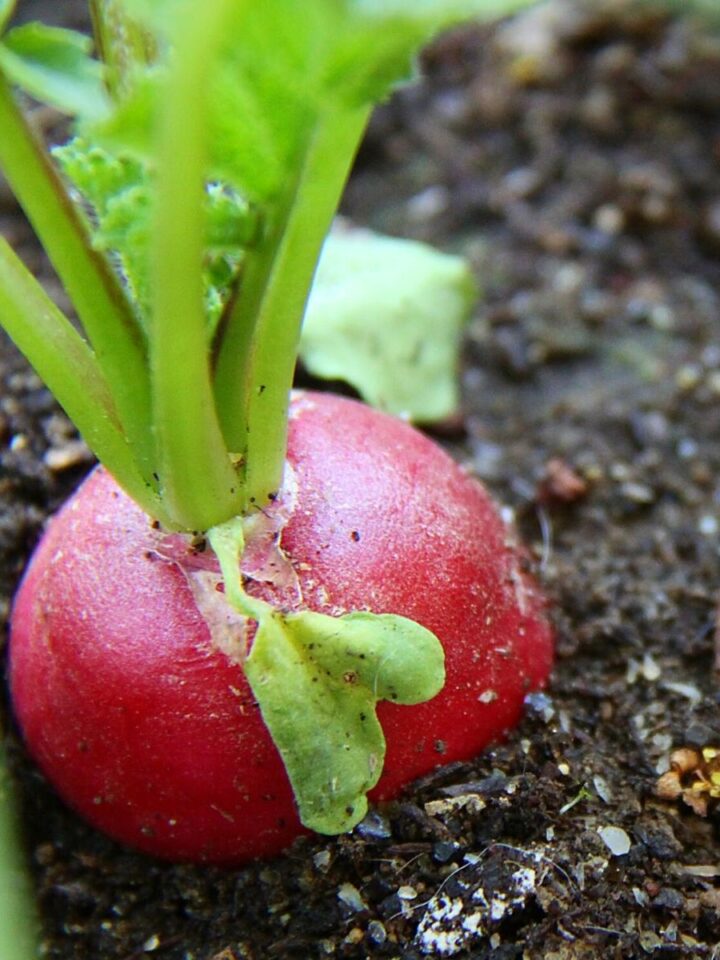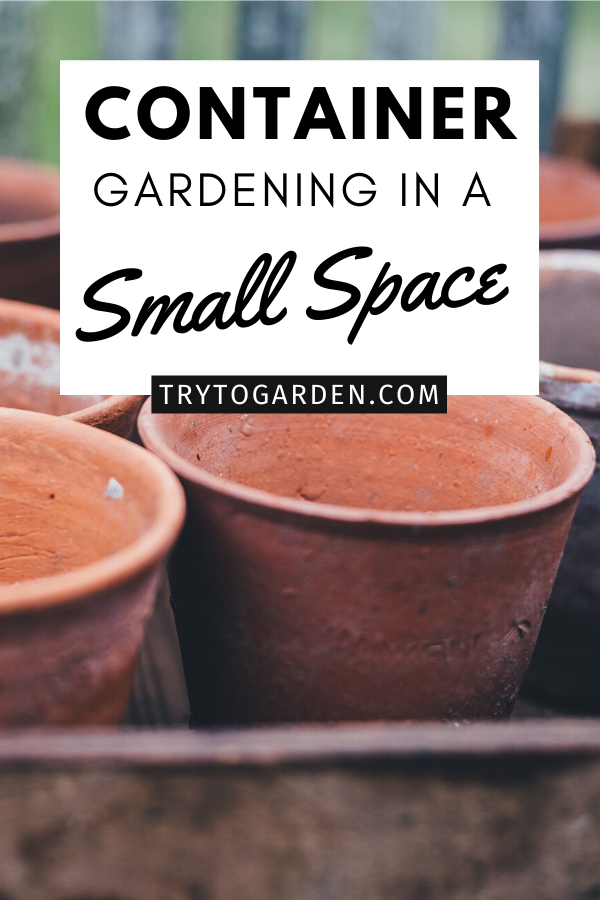This post contains affiliate links, which means I will make a commission at no extra cost to you should you click through and make a purchase. As an Amazon Associate I earn from qualifying purchases.
Finding plants that thrive in the shady garden can be difficult. There is not only a wide range of plants to consider but the different soil types, too. That is why we came up with this list of the best Garden Plants for Shade.
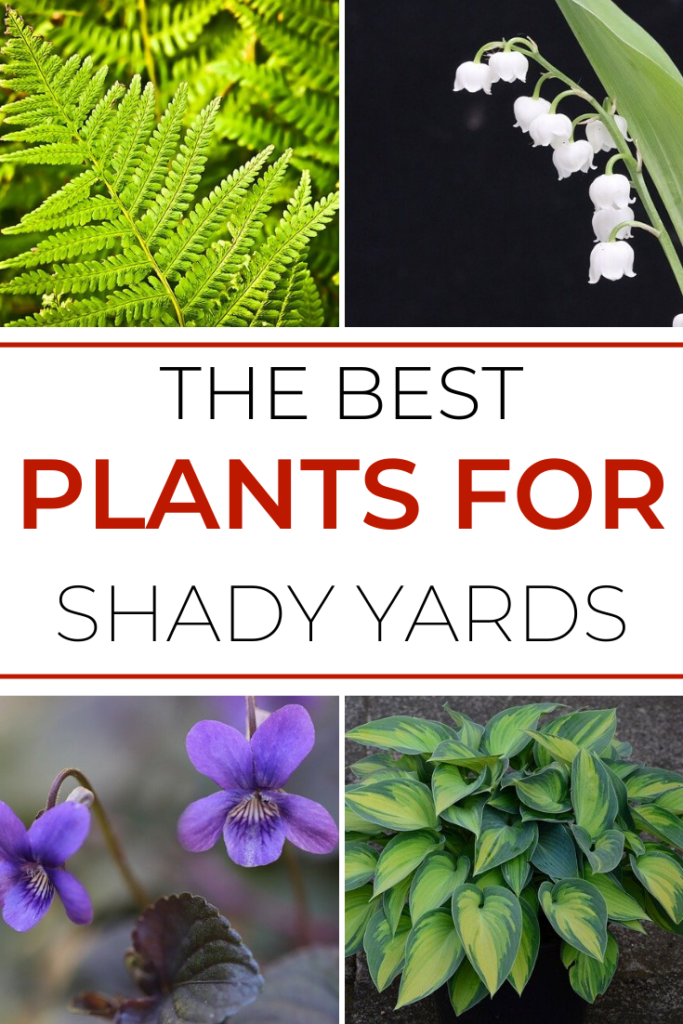
The easy way to select plants for shady places is to divide the task into stages. First, look at the site to see if it is in dry soil, damp soil, or a mix of both. Look at the location to see if it is in full shade all day, partial shade, or dappled shade. Then choose a color scheme and look at the texture of the plants and leaves for the best result. Choose shade plants and flowers based on these four things.
Garden Plants for Shade
Bulbs for Shady Gardens
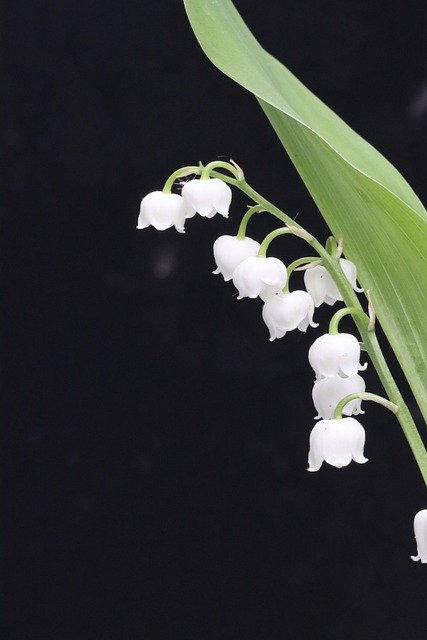
Full shade plants
- Bluebells
- Lily of the Valley (scented)
- Turks Cap lily
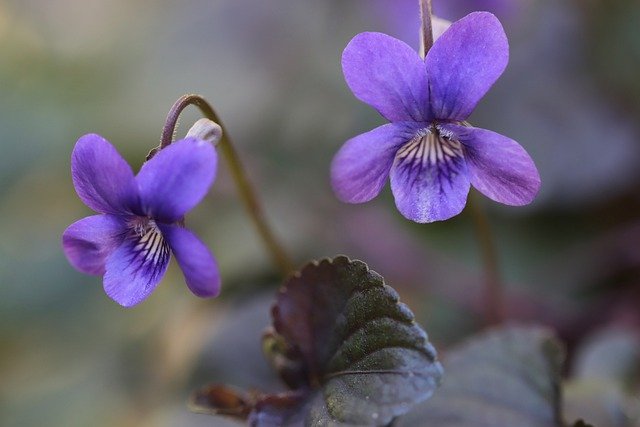
Partial shade plants
- Liriope Muscari.
- Snowdrops
- Sweet Violets (scented) - makes a nice jelly
Garden Flowers for Shade
Full or partial shade
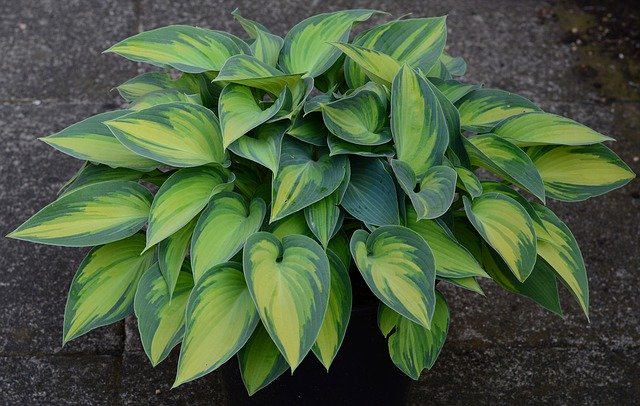
- Alchemilla Mollis is summer flowering with star-shaped yellow/green flowers and apple green leaves. It makes an excellent ground cover.
- Anemone hybrids. (Japanese windflower) In Autumn, the anemone produces flowers with dainty shades of white to deep pink.
- Camellia gives color to the garden in the cooler months when not much else is happening. There is a big range to choose from, like the tiny flowered "baby bear" to the large tree-sized camellias.
- Clivia comes in shades of orange and yellow and adds a splash of color in late winter/early spring. They tolerate dry shade and look good in massed plantings. They have glossy strap-shaped leaves and are well-known shade plants.
- Cyclamen are well known as indoor plants, but the smart gardener can try them outdoors. They will form a mat in dry shade, under trees, in warmer gardens.
- Foxgloves flower in spring and early summer, with spikes of flowers in a range of colors. Popular with the cottage gardener that is why they are on our list of Garden Plants for Shade.
- Fuschias come in a wide range of colors, white, pink, red, orange, and purple. In warmer climates, they can be grown outdoors all year round. They do not tolerate frost, so they should be grown in pots in cooler climates and taken indoors during the winter months. The range of growth habits of fuchsias is large- hanging baskets, bushes, trailing, and small tree-sized. For a tropical look, try the striking Fuchsia Boliviana with red bell flowers up to 20cm long. Fuchsia does not like dry soil.
- Hedychium Gardenerianum and other plants from the ginger family give a touch of the exotic to the subtropical or tropical garden.
- Hellebores have pretty flowers in shades of green to pink. As the common name of winter rose suggests, it is winter flowering.
- Hostas have striking leaves and produce stems of flowers in shades of white to pink and mauve. Snails love them, so oversee them or plant in pots, which seems to keep the snails away. These are edible too - if you catch the shoots when they are young.
- Hydrangea likes to have plenty of water, and their pretty mop-top flowers will lighten a shady corner of the garden. There is a huge variety of these summer flowering plants, some with oak shaped leaves and some with variegated foliage.
- Impatiens (Busy Lizzies) have a long flowering period, from spring to late summer, and add a welcome splash of color to the shady garden. For a tropical garden, try the New Guinea variety, which has larger flowers or the showy "Congo Cockatoo" with orange and red flowers. Impatiens like plenty of water.
Foliage for the Garden
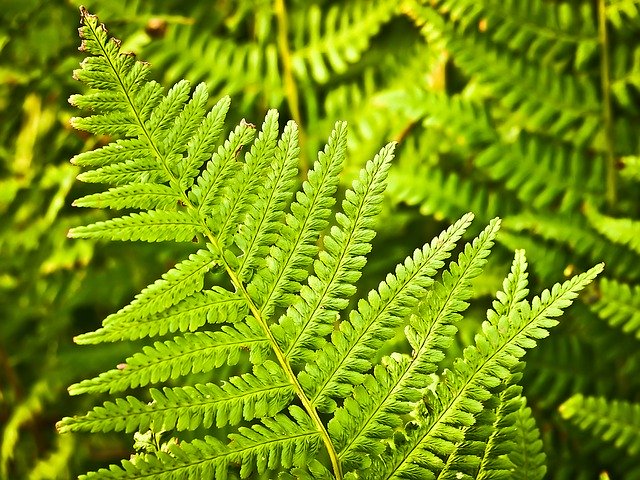
- Bromeliads come in a huge range, from the pendulous flowered bilbergia to the flat rosettes of the neoregelia with jewel-like colors in the center. A tip here is that the more pointed the leaf is, the more light the plant can tolerate. Some of the flowers are spectacular. Many people think they only flower once, which is true, but new shoots (called pups) grow at the base of the old plant that has flowered, and these will be the flowering plants for next year. They are for the subtropical garden.
- Ferns are an obvious choice for the shady garden. Although they don't flower, the texture and form of ferns add a dramatic touch. Some ferns love damp shade while others prefer a dry shade. There are ferns for any climate, so ask at the plant shop.
- Variegated leaves. Plants with variegated leaves will add a splash of color to a dark corner of the garden. Laminium maculatum "beacon silver" has silvery leaves or try the various form of Liriope muscari with its strap-shaped leaves and blue flowers.
Gardens that are in the shade need not be neglected. On a summer day, a shady garden beckons with its cool greenery. Gardening in the shade is not hard when the gardener chooses plants that like the soil conditions and add color, texture, and scent. Add a seat to make the shady garden a place to relax on a hot summer's day.

